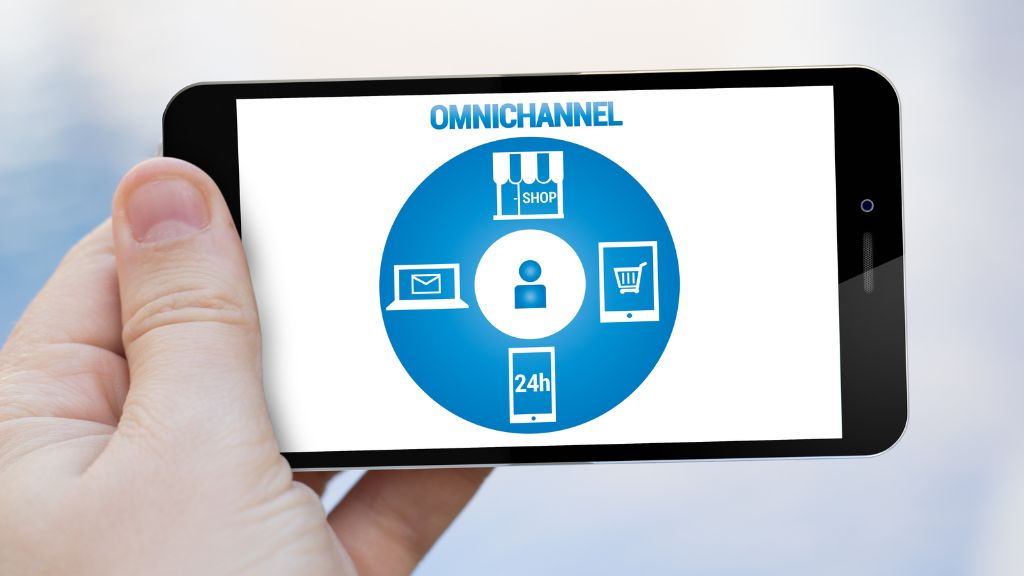

Omnichannel pricing is vital for companies whose business strategy integrates different sales channels, such as brick-and-mortar and online stores. An omnichannel strategy aims to provide users with a satisfying shopping experience across all available sales channels. Catalogues and pricing strategies must be consistent. Does this mean prices should be the same across all the company’s sales channels?
Although when eCommerce began, sellers committed to completely differentiated prices in each sales channel, as time has gone on, adapting prices has become key. eCommerce is now defined by a pricing strategy combining the single-price approach with channel-specific pricing. An omnichannel pricing strategy adapts to the needs of each channel without overstepping the limits set by the company. When embarking on this pricing process, remember that each sales channel determines users’ perception of the product’s value and price.
Factors impacting an omnichannel pricing strategy
When considering an omnichannel pricing strategy, evaluate the following factors:
- How the purchase will be made and users’ perception of these sales channels. For example, think about consumers’ expectations when entering a low-price marketplace.
- The costs of maintaining multiple sales channels and the margin you need to boost your profits.
- The potential volume of consumers you could attract and sales you might achieve.
- The possibility of developing offers and promotions tailored to each platform’s audience.
Ultimately, the goal is to optimize sales across all channels and provide buyer personas with what they expect, whether they visit an eCommerce, a retailer’s website, or a marketplace. For example, AliExpress offers exclusive discounts or better shipping conditions if the purchase is made using its mobile app. The aim is to increase visits to the app. and boost upselling. You can combine various strategies across multiple platforms to increase demand.

Consistency in your omnichannel pricing strategy
Users also have access to a huge amount of information. They can easily check prices across your sales channels and your competitors’ prices. Setting radically different prices across different sales channels, or launching promotions targeted at specific consumer groups, can make users uncomfortable and damage their trust in the brand or retailer. This will impact future sales to these consumers and their loyalty. Using Big Data to optimize omnichannel pricing
Constantly optimizing multiple prices can be highly complex, as prices must continually adapt to demand and supply to maintain competitiveness. You can use pricing tools to optimize decision-making and collect hundreds of data about market movements.
The most advanced software has competitor monitoring systems that analyze other sellers’ prices and catalogues across their different sales channels. Dynamic pricing tools can help to make price changes more agile and simple using this valuable information. They will monitor the peaks and troughs across all sales channels while ensuring that the company’s profit margin is always as high as possible.
Using Big Data to optimize omnichannel pricing
Constantly optimizing multiple prices can be highly complex, as prices must continually adapt to demand and supply to maintain competitiveness. You can use pricing tools to optimize decision-making and collect hundreds of data about market movements.
The most advanced software has competitor monitoring systems that analyze other sellers’ prices and catalogues across their different sales channels. Dynamic pricing tools can help to make price changes more agile and simple using this valuable information. They will monitor the peaks and troughs across all sales channels while ensuring that the company’s profit margin is always as high as possible.
Find out how Minderest can take your business to the next level.
Contact our pricing experts to see the platform in action.
Related Articles

AI Agents and Holiday Season: How to Adapt Your Pricing Strategy
Holiday season planning used to revolve around creative campaigns, emotional storytelling, and optimizing the user experience. However, a silent revolution is changing the rules of the game. The rise...
How Surveillance Pricing Works and Its Applications for Your Business
The term "Surveillance Pricing" might conjure images of corporate espionage and price manipulation. However, this initial perception hides one of the most sophisticated and powerful strategies in...